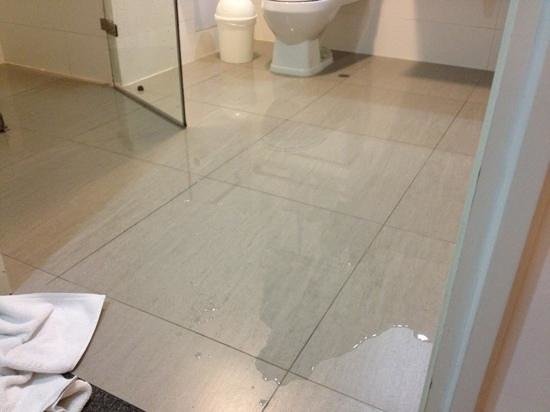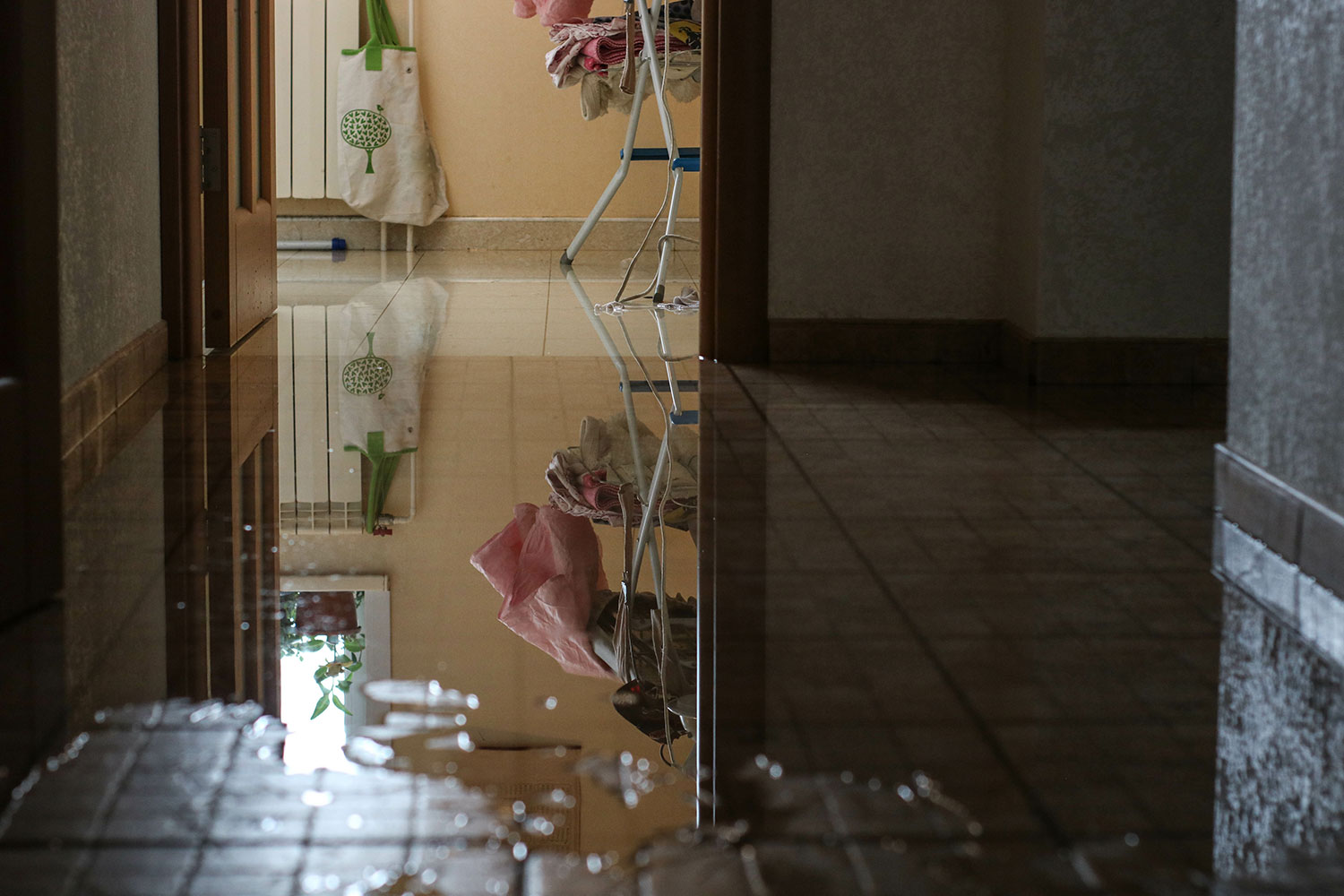Here down the page you can discover a bunch of helpful news on the subject of How to Repair and Prevent Bathroom Water Damage?.

Water damage commonly takes place in the bathroom as a result of the water made use of everyday. In some cases, the damages could be a little mold from the shower. Various other times, it's substantial damages on your floor. Whatever it is, it is always excellent to understand the cause and prevent it prior to it takes place.
This guide will go through some of the typical sources of water damage in the restroom. We will also examine what you can do to prevent these causes from harming your washroom. Let's dive in.
These are the typical factors you would have water damage in your shower rooms and also just how you can spot them:
Excess Dampness
It's awesome to have that lengthy shower as well as dash water while you hem and haw and also imitate you're executing, yet sometimes these acts can trigger water damage to your restroom.
Splashing water around can trigger water to go to corners as well as create molds. Watch just how you spread out excess dampness around, as well as when you do it, clean it up to avoid damage.
Splits in your wall surface tiles
Bathroom wall surface floor tiles have actually been particularly created for that function. They safeguard the wall from dampness from people taking showers. Nonetheless, they are not undestroyable.
Often, your bathroom wall surface floor tiles fracture as well as enable some wetness to leak right into the wall surface. This might potentially ruin the wall if you don't take any kind of action. If you discover a crack on your wall tiles, repair it immediately. Do not wait up until it ruins your wall.
Overruning toilets as well as sinks
As human beings, often we make mistakes that could create some water damage in the shower room. For instance, leaving your sink tap on might trigger overflowing and damage to other parts of the restroom with wetness.
Likewise, a faulty commode might create overruning. For example, a broken commode manage or various other parts of the cistern. When this happens, it could damage the floor.
As soon as you discover an overruning sink or bathroom, call a plumbing professional to help take care of it right away.
Burst or Leaking Pipes
There are many pipelines carrying water to various parts of your shower room. Some pipelines take water to the toilet, the sink, the taps, the shower, and also numerous other areas. They crisscross the little area of the bathroom.
Every now and then, these pipes might obtain corroded and ruptured. Other times, human action could trigger them to leak. When this occurs, you'll find water in the corners of your bathroom or on the wall surface.
To detect this, look out for bubbling walls, molds, or mildew. Call a specialist emergency plumber to repair this when it occurs.
Roof covering Leaks
Occasionally, the problem of water damage to the bathroom might not originate from the restroom. For example, a roofing system leakage can create damages to the bathroom ceiling. You can spot the damages done by checking out the water stains on the ceiling.
If you locate water discolorations on your ceiling, examine the roofing system to see if it's damaged. Then, call an expert to aid solve the issue.
Verdict
Water damage to your restroom can be irritating. Nevertheless, you can handle it if you stop a few of the causes stated in this guide. Call an expert emergency plumbing technician if you see any serious damages.
How to Prevent Water Damage in Your Bathroom?
Water damage repair is an expensive, meticulous, and lengthy process. Unfortunately, bathrooms are the most susceptible rooms to water damage due to toilets, showers, and sinks. Pipes and fixtures wear out over time and are not immune to damage. But all is not lost, as there are ways to prevent water damage from occurring in your bathroom.
Check Your Plumbing
Nothing lasts forever, especially pipes, which can rust and begin leaking over time. You should periodically conduct pipe inspections and pay attention for any musty smells or water stains that may indicate you need water damage repair. Here are some things to check:
Frequently test valves for your toilet, shower, and sink to ensure they are properly working. Check faucet supply lines hidden under vanities and replace when needed. Replace cracked or deteriorating caulking along sinks, tubs, and showers. If you notice a clog in your sink, call in a professional. Since you can’t check the pipes in the wall, keep an eye out for stains, drywall bubbling, musty smells, and excess moisture; if the bathroom is on a second level, check the ceiling of the room directly below for these signs. Don’t Overwork Your Toilet
One of the most common reasons bathrooms need water damage repair is due to overflowing toilets. Save yourself the hassle of cleanup by being mindful and not pushing your toilet to extreme limits. If you have young children, it is especially important to keep an eye on them when they are in the bathroom and to teach them how to avoid clogging the toilet. Here are some more tips to help prevent your toilet from overflowing:
If you have a septic tank, only use septic-safe toilet paper Do not flush anything down the toilet besides toilet paper; items like diapers and sanitary napkins will clog the piping Pay attention to your toilet’s water level: If it’s low, it could mean it is partially clogged or that there is a crack in the toilet bowl https://www.alure.com/home-improvements-blog/resources/how-to-prevent-water-damage-in-your-bathroom

I ran across that entry on How to Repair and Prevent Bathroom Water Damage? when surfing around the web. Appreciated our entry? Please share it. Let other people discover it. Thank you for your time. Kindly pay a visit to our blog back soon.
Request Estimate